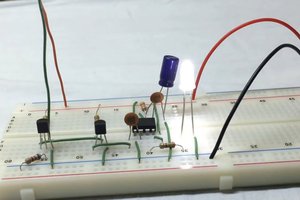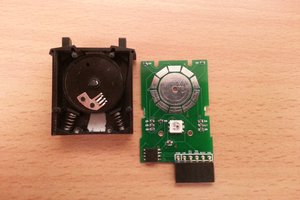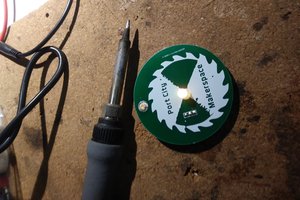We recently started a monthly subscription box and shipped out our first soldering kit under this program (https://shop.cybercitycircuits.com/products/555-led-dice-kit). We wanted to make soldering kits, but better. How often have you bought a soldering kit and found that it had no instructions and no references, except for a picture of the finished product? We wanted to do better. Our kits have detailed instructions and video walk-throughs. Complete tutorial found here.
We are so excited that you have decided to join us on this journey of electrifying tech fun! In this box you will find everything you need to make your own LED Dice Simulator! Just like any 6-sided die in any board game you have played, this simulator has 6 possible outcomes! This kit uses a timer and a counter to cycle through the 6 options, just like rolling a die! When you press the pads on the bottom, your finger helps to complete the circuit. This causes the onboard capacitor to charge until you let go. The simulator will then cycle through the 6 options until the capacitor is fully discharged. The longer you keep your finger on the pads, the longer it will take the capacitor to discharge, and the longer the simulator will “roll” your die.
| Timer → The onboard timer is called a 555 Timer. The 555 Timer sends electrical pulses that control how quickly the simulator changes die options, or how quickly your die rolls. |
| Counter → The 555 Timer sends its pulses to a CD4017 Decade Counter. This counter controls which pin is turned on for each of the die options. Each pulse received from the 555 Timer causes this counter to switch pins. There are 6 pins, so each pin represents a different die outcome. |
| Capacitor → The onboard 0.1uF capacitor is used to store electrical energy for as long as your finger is on the pad. When you let go, the capacitor begins to release the energy to the 555 Timer so that the die simulator can begin cycling through options! |
 David
David








 UTSOURCE
UTSOURCE
 Electroniclovers123
Electroniclovers123
 John Spencer
John Spencer